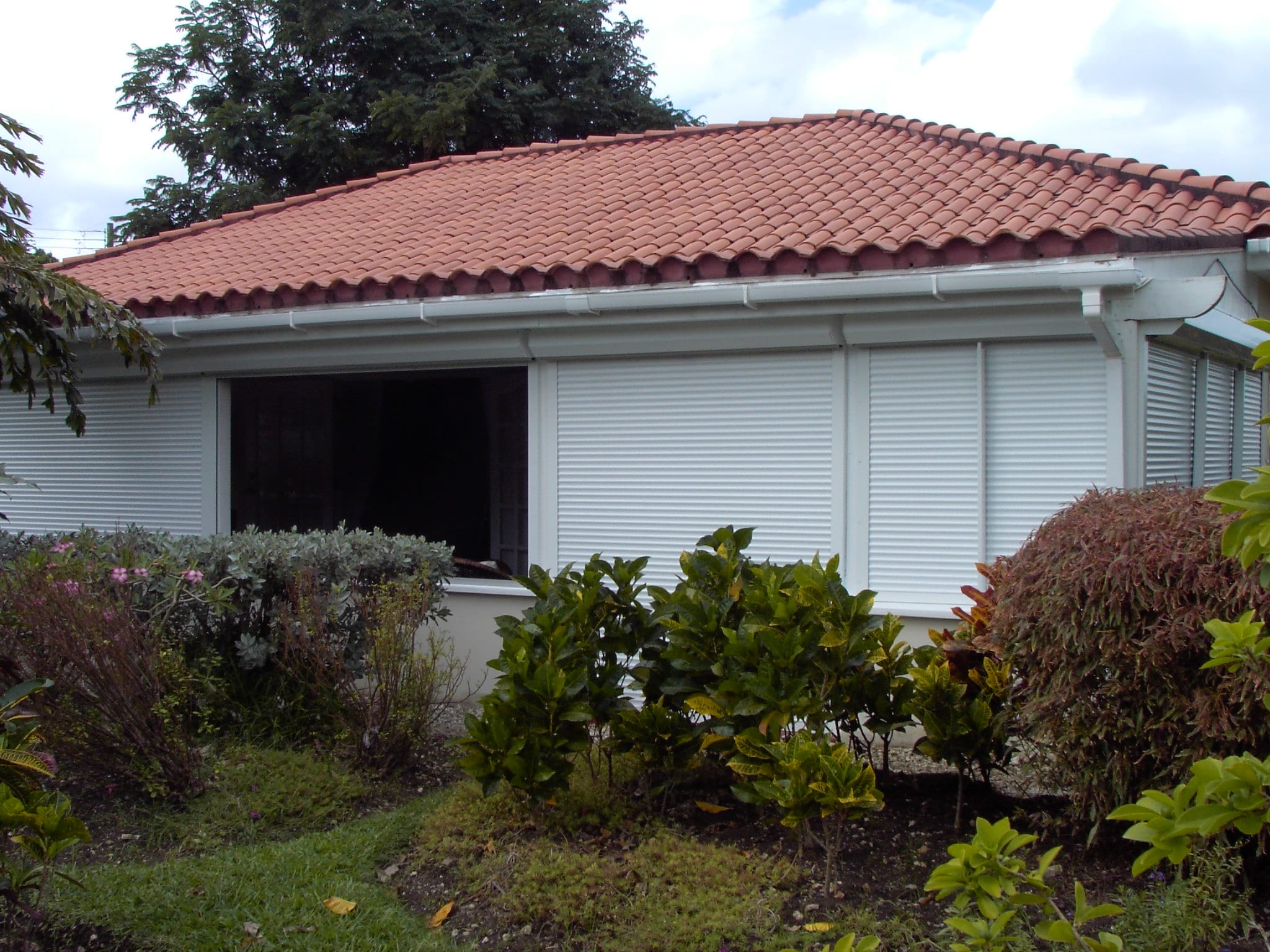Le thème de la Semaine de la protection civile 2018 est "Soyez prêts en cas d'urgence". Être prêt à faire face à une situation d'urgence est l'un des meilleurs moyens d'assurer son propre bien-être et celui de sa famille. L'une des mesures les plus faciles à prendre pour s'assurer que tout le monde reste en sécurité est d'élaborer un plan d'action avant une situation d'urgence et de le mettre en pratique jusqu'à ce que tout le monde le connaisse si bien qu'ils n'oublieront aucune étape, même au milieu de la peur et de l'anxiété produites par une situation d'urgence réelle.
Préparer votre plan d'urgence

Bien que tous les plans d'urgence aient des éléments communs, il est clair qu'aucun plan unique ne peut convenir à tout le monde. Pour avoir un plan efficace, vous devrez inclure des mesures qui tiennent compte des types d'urgences les plus susceptibles de se produire dans votre région. Vous trouverez ces informations dans la section " Connaître les risques" du site Web " Préparez-vous" du gouvernement du Canada.
Votre plan doit prévoir l'endroit où votre famille se réunira si vous n'êtes pas ensemble en cas d'urgence. Ce lieu peut être différent selon le type d'urgence. Vous devez également déterminer qui sera chargé d'aller chercher vos enfants et vos parents âgés ou handicapés. Si vous devez envoyer quelqu'un chercher vos enfants en dehors de la personne désignée dans votre plan, vous devez convenir d'un mot de code unique mais facile à retenir pour vos enfants. Lorsque cette personne utilisera le mot de code, vos enfants sauront qu'il n'y a pas de danger à aller chercher la personne que vous avez envoyée. Vous trouverez de l'aide supplémentaire dans la section Préparer un plan du site web "Get Prepared" (Préparez-vous).
Préparation de votre kit d'urgence
Une fois que vous connaissez les types d'urgences qui peuvent survenir dans votre région, vous devez dresser la liste des fournitures d'urgence que vous devez toujours avoir à portée de main à la maison et dans votre voiture. Les fournitures dont vous avez besoin varient selon que vous vous abritez sur place, que vous évacuez vers un abri ou que, dans une zone moins peuplée, vous devez évacuer et fournir votre propre abri, tel qu'une tente et des sacs de couchage, pendant un certain temps. Vous devez prévoir suffisamment de fournitures pour être autonome pendant au moins 72 heures.
Conservez les fournitures d'urgence pour votre maison dans un endroit auquel vous pourrez accéder facilement, même dans l'obscurité. Pensez à garder au moins une partie des fournitures d'urgence pour votre voiture à portée de main du conducteur plutôt que dans le coffre.
Le fait que chacun transporte au moins une partie de ses propres fournitures dans un sac à dos allège le poids des objets que vous préféreriez peut-être transporter dans un sac de sport, tels que vos documents d'identité, les copies de vos papiers importants, vos ordonnances et vos dossiers médicaux. Les sacs à dos permettent également à chacun de personnaliser certains de ses choix. Prévoyez un peu de place pour quelques objets qui aideront à passer le temps et à garder tout le monde plus calme : petits jeux, livres, bandes dessinées, livres de coloriage pour enfants et adultes, petits projets d'artisanat, ou tout autre objet facilement transportable que les membres de votre famille apprécient et qui ne dérangera pas les autres dans un abri. La section " Get an emergency kit !" du site web "Get Prepared" contient une liste de contrôle des éléments à prendre en compte lors de la création d'une trousse d'urgence.
Préparer son logement

Vous devez savoir où se trouvent les interrupteurs de vos services publics (électricité, eau et gaz) au cas où les autorités vous demanderaient de les fermer. Laissez-les cependant ouverts jusqu'à ce qu'on vous demande de les fermer. Si vous pouvez rétablir l'eau et l'électricité vous-même dès que les autorités vous le demandent, vous devrez attendre que les employés de la compagnie de gaz rétablissent le gaz. Dans les cas où il a été nécessaire de couper le gaz dans un grand nombre de foyers, il peut s'écouler des semaines avant que le gaz ne soit rétabli pour tout le monde. Vous ne voulez pas figurer sur cette liste d'attente parce que vous avez coupé le gaz prématurément.
Les générateurs de plus grande taille peuvent alimenter vos lumières et certains appareils, voire presque tout ce qui se trouve dans votre maison en cas de coupure de courant. Si vous en utilisez un pour alimenter votre maison pendant que votre électricité est coupée, assurez-vous que votre maison est déconnectée du réseau électrique. S'il n'est pas déconnecté, votre générateur peut alimenter le réseau en électricité. Une personne travaillant au rétablissement du courant pourrait prendre ce qu'elle croit être une ligne morte et être électrocutée par le courant de votre générateur.
Si vous vivez dans une région sujette aux ouragans, aux catastrophes naturelles, aux tornades, à la grêle et à d'autres événements susceptibles d'endommager vos fenêtres, les volets roulants peuvent protéger vos fenêtres de la grêle et des débris volants. Les volets roulants sont dotés de commandes manuelles ou motorisées qui garantissent un fonctionnement en douceur. Si vous pensez devoir évacuer, prenez le temps de verrouiller toutes les portes sauf celle que vous utiliserez pour sortir, verrouillez toutes vos fenêtres et mettez vos volets roulants en place pour une protection supplémentaire contre les effractions. Veillez ensuite à verrouiller la porte que vous utiliserez pour sortir avant d'évacuer.
Pour obtenir un ensemble complet de listes de contrôle en matière de préparation, consultez la section Votre guide de préparation aux situations d'urgence du site web "Get Prepared" (Préparez-vous).












